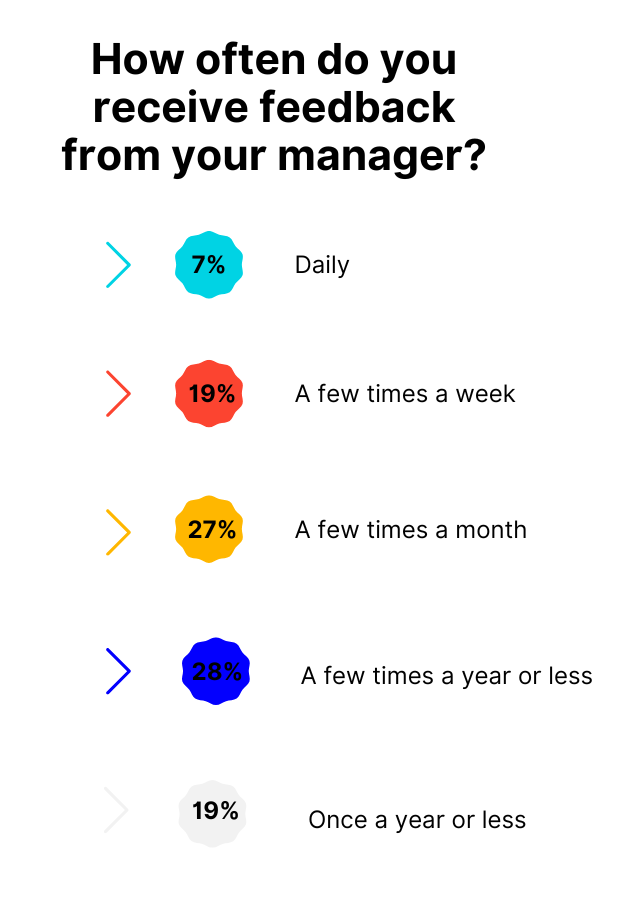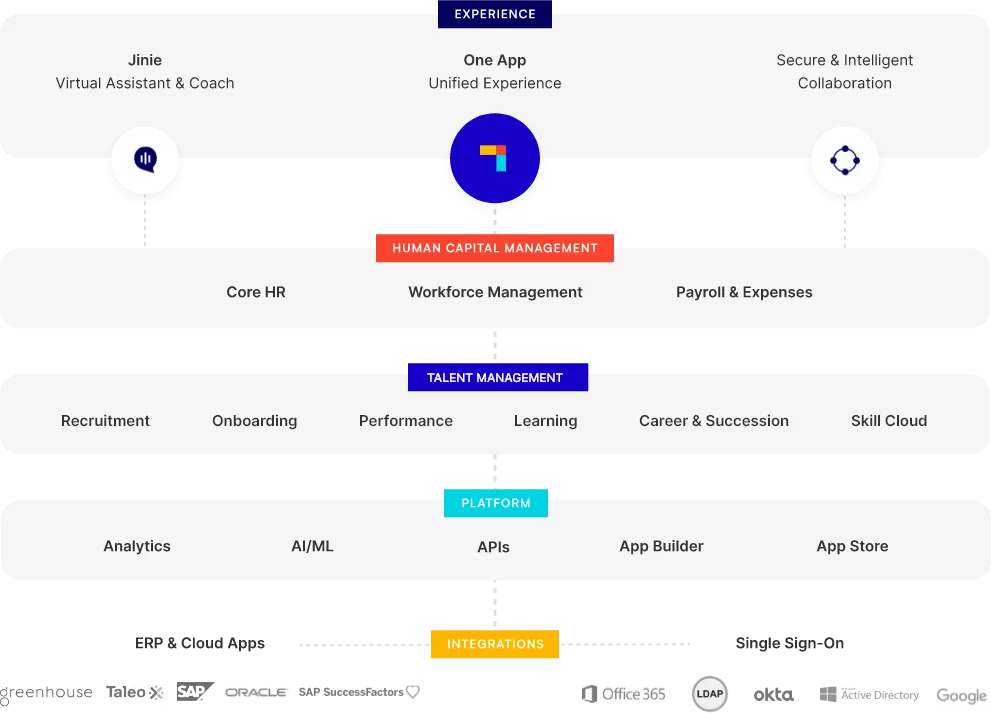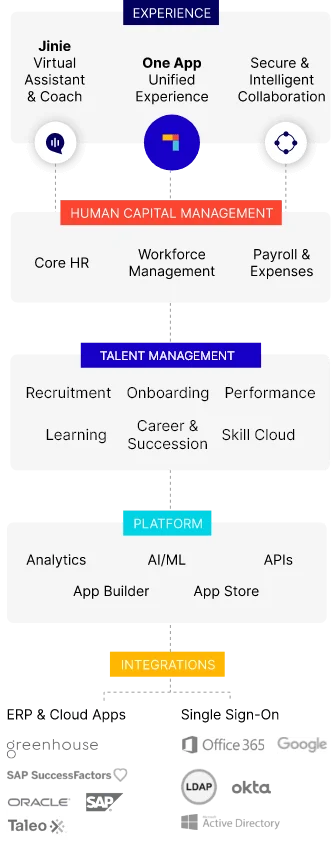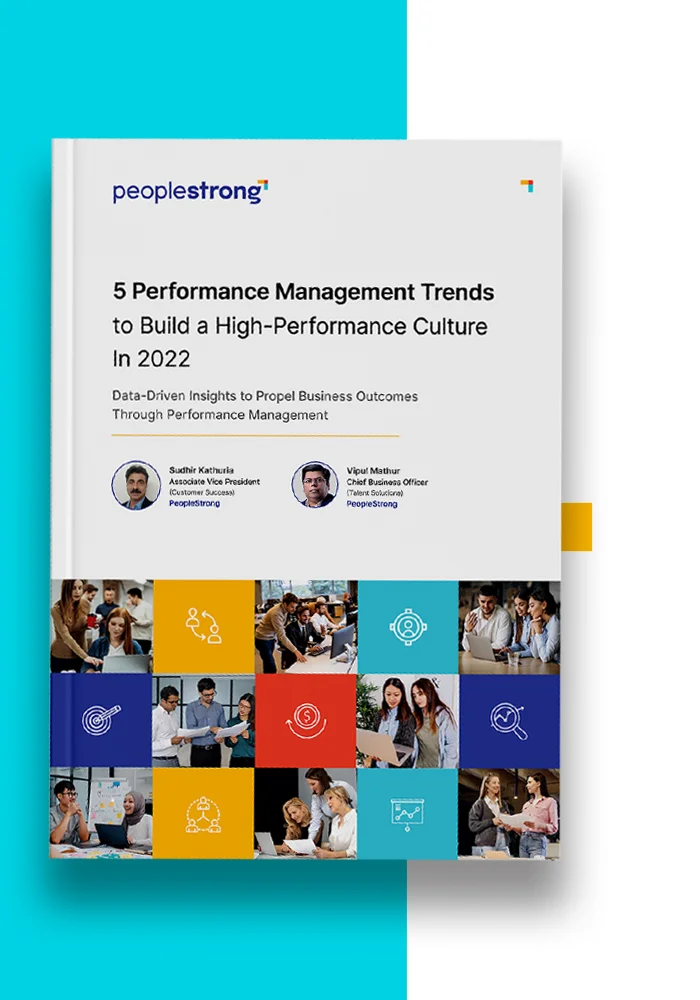The concept of performance management has evolved over time, with early systems dating back to the industrial revolution in the late 18th and early 19th centuries.
While performance management systems initially focused on tracking and measuring the productivity of newly minted factory workers, there has been a shift towards more holistic employee-centric approaches in recent years.
This includes a greater emphasis on continuous feedback, coaching, and development and a shift away from traditional annual performance reviews in favour of more frequent check-ins and goal setting.
But companies with a performance management system continue to use outdated processes that no longer work for the knowledge worker today, especially as employees continue to work in a remote/hybrid environment.
Traditional performance management systems are broken. Here’s why

Source: Gallup
“According to the Association for Talent Development, only 14% of organizations stated they were satisfied with their performance management system.”
Traditional systems do not encourage continuous 1:1 and informal feedback sessions nor provide the necessary people analytics that helps employers make better talent decisions.
Feedback is more effective when check-ins are frequent. Employees can clarify expectations before a team member or colleague gets too far ahead in a task or a project. The challenge with a lack of a continuous review system is that the feedback is no longer helpful or needs more context when shared after a while.
Unsurprisingly, employees who check in with their manager at least weekly are five times less likely to be disengaged than those who never check-in, according to Workhuman.
“55 percent of workers believe annual reviews don’t improve their performance, according to a 2019 Workhuman Analytics & Research study.”
If you are an organization having a cluttered performance module and deliberating on opting for a more advanced performance management system, here is why you need to go for one –
-
Helps employers set clear objectives and goals
When an organization has a reliable performance management system, it provides a clear framework for setting and communicating expectations for employee performance. This includes establishing specific, measurable, and time-bound goals that employees are responsible for achieving.
This can then help organizations make informed decisions regarding promotions, bonuses, and other rewards based on actual performance, rather than assumptions or perceptions.
Moreover, setting clear goals and expectations also helps managers and supervisors evaluate employees’ performance consistently and fairly, providing an unbiased and accurate picture of employee performance and eliminating subjective biases such as recency.
-
Helps identify clear areas of improvement and enable managers to identify issues and nip them at the bud
One of the key benefits of a reliable talent management system is that it provides a regular and structured process for evaluating employee performance and providing feedback. This can be done through formal performance evaluations, more informal check-ins and one-on-one meetings. Through these evaluations and feedback, employees can better understand their strengths and weaknesses and identify areas where they need to improve.
For example, an employee may learn through feedback that they need to work on their communication skills or that they need to improve their technical knowledge in a specific area, say, Python for example.
Managers can then use training, mentoring, and other development programs to ensure employees incorporate the feedback given in those sessions and excel in their roles.
-
Help build a high-performing culture
One of the key benefits of a modern performance management system is that it provides a regular and structured process for evaluating employee performance allowing organizations to identify high-performing employees and reward them for their contributions.
Promotions, especially, are a way for organizations to recognize and reward high-performing employees by giving them more responsibility and higher pay. This helps retain top talent and keep them engaged with the organization.
Other ways of rewarding employees include cash bonuses, stock options, or other forms of recognition, such as extra vacation days or flexible work schedules.
Additionally, by recognizing and rewarding high-performing employees, organizations can create a culture of excellence and inspire other employees to strive for similar performance levels. This can also aid in identifying potential leaders and grooming them for future leadership roles, ensuring a smooth transition and continuity of leadership.
-
Create an open and transparent culture
Effective feedback is two-way communication, where employees can provide feedback to their managers and receive feedback.
A modern performance management system can facilitate the creation of a culture of open communication and mutual respect, where employees feel comfortable expressing their thoughts and ideas, and managers can provide constructive feedback that can improve employee performance.
Additionally, an effective feedback culture helps to identify and address issues early on, before they escalate.
-
Use data to make better talent decisions
With a modern performance management system, leaders can use data to understand both individual contributions and organizational processes that are working, along with any misalignments between the two.
Some useful metrics for HR professionals to consider include the following:
- The growth rate of high performers
- % of a performance score increase
- Performance appraisal completion rate
- Competency Score
- Percentage of staff tracking goals
Feedback can be very subjective without data to back it up and lack context. For this reason, late leaders are turning to more data sources to inform feedback.
Advanced performance management systems also use employee surveys and other forms of personal feedback to understand how things can be improved.
Conclusion
Effective talent management is a must-have for businesses. Through both formal and informal processes, it helps companies align their employees, resources, and systems to meet their strategic objectives. It works as a dashboard, too, providing an early warning of potential problems and allowing managers to know when they must adjust to keep a business on track.
With the right talent management system, you can assess various key performance indicators to measure employee performance over a certain period and identify potential leaders within the organization.
This internal mobility can also save you from investing resources in recruitment.
Check out PeopleStrong to make better talent decisions
We are in an era of accelerated digitization and for companies to build a workforce for the future – there are a slew of factors that companies need to execute with various stakeholders including people leaders, management, and employees.
PeopleStrong’s AI-powered, comprehensive, integrated Talent Operating System could be just the solution that you are looking for to win this talent war.
An Integrated Talent Management Suite can help you:
- Create a seamless hiring experience that both your recruiters and candidates will love and results in 50% higher offer acceptance than industry standards
- Create a fully automated, hyper-personalized onboarding experience that reduces 50% joining time
- Build an efficient and high-performance culture to unleash the true potential of your workforce
- Craft personalized career and skill advancement paths for employees
- Leverage powerful insights from real-time talent analytics towards better talent decisions with agility, and at scale
Enjoyed this blog? Check these out
- How Remote Managers Can Use Performance to Give Better Feedback
- What’s Wrong With Traditional Performance Goal Setting?
Unleash the true potential of your workforce













